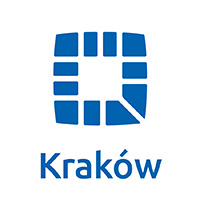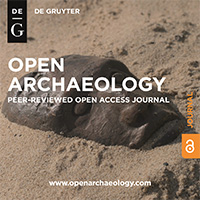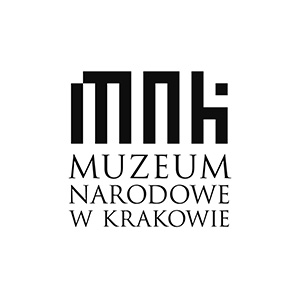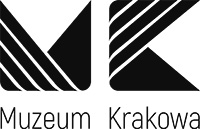Serdar Aydin, Zeynep Özge Özdemir
The focus of this event is to characterise glitches that occur as part of the photogrammetry process which is a 3D modelling method. In the modelling process, there are several determinants of photogrammetric production including transparency, brightness and subtlety between repetitive elements that can be relevant to the object(s) or device-related e.g. camera lens and shutter speed. Therefore, data transformation from 2D images to 3D objects frequently changes the message.
Photographs are converted into 3D sculptures with ‘errors’ or as we define ‘glitches’ that appear like holes or dislocation of pixel’s colour values. Such internal errors are potentially representative of a gap in knowledge where users must project their own conceptual understanding to complete it. Decentralisation of the artefact from its materiality, by tolerating glitches of the digital transcoding processes, leads us to evolution of means for stimulating the subjective performance of users whereby emotions and intertextual narratives can be represented.
The workshop will show how glitches (digital errors) are exploited to rather catalyse communication between the machine and the human. Game design techniques, such as positive and negative feedback mechanisms, will be presented to demonstrate how glitches can be integrated to a digital interactive experience.
This workshop is built on four previous workshops as part of CAADRIA 2016 (Melbourne, Australia), CAADRIA 2017 (Shanghai, China), Te Papa Talks 2017 (National Museum of New Zealand, Wellington, New Zealand) and 4th Mediated City Conference, 2018 (Istanbul, Turkey / see here: https://www.youtube.com/watch?v=oF7EF7rqSNg ).
Programme:
- Photogrammetric modelling.
- Post-processing
- Scenario development through discussions and feedback between experts and participants in group.
- Modelling 3D navigable environment design.
- A final discussion led by the workshop organizers to synthesize the key points.
The practices involved in this workshop are:
- Photogrammetric modelling.
- Post-processing of 3D mesh models.
- Creation of a basic virtual 3d navigable environment.
Number of participants: Maximum 10 people.
- Previous knowledge of the participants: Everyone (students included) whose research or study area is focused on cultural heritage, archaeology, computer-aided architectural design, museology, new media, TV, education, MOOC, streaming as well as culture and game studies.
- Required Infrastructure of the participants: a laptop to support the practical exercise with the following software pre-installed:
- Any photogrammetry software: Photoscan, Reality Capture, Autodesk Recap and Recap Photo (free for students and teachers), or 3DF Zephyr.
- Any 3D modelling software: Blender (free), Autodesk Mudbox, Maya or 3ds Max(free for students and teachers),
- Unity (free).










